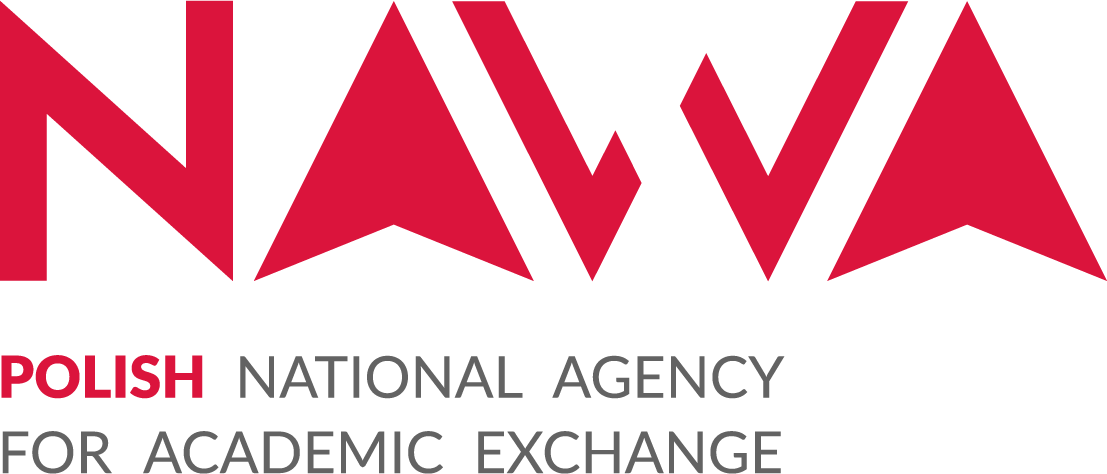How JuMP enables abstract energy system models
Abstract:
In this talk we present feedback on our experience developing a large-scale energy system model, particularly concerning garbage collection pressure during model creation and methods for exploring parametric models.
Description:
"Energy system models are at the core of today’s energy related research and have been for decades. However, global challenges, such as those related to climate and politics, have intensified the necessity for ever evolving models, as well as the requirements regarding features and explainability. As energy sectors continue to become increasingly interconnected across different regions, model complexity has surpassed the advancements in computational performance during the last decade. In response, a diverse range of approaches, including various aggregation techniques and specialized solve methods, have been applied to address the issue of complexity, with varying degrees of popularity.
In recent years, a novel energy system model has been developed, which enables the representation of arbitrary systems as part of an abstract commodity (energy) flow model, thereby lowering entry barriers for researchers with diverse backgrounds. This model leverages cutting-edge operations research approaches, which have not yet been widely adopted within the energy sector. Leveraging the JuMP modeling language/framework facilitates scaling the model to continental-scale systems and outperforming many existing models.
Although the model is currently closed source, efforts are being made to address the remaining hurdles and release it as an open-source software in the near future. During the development phase, certain issues such as concerns surrounding garbage collection pressure during model creation or methods for exploring parametric models using JuMP have been raised and addressed through discussions with the community and the JuMP-team.
This talk will primarily address the following topics regarding the novel energy system model: (1) the unique features of its underlying model structure that distinguish it from conventional energy system models, (2) the advantages of using JuMP for solving various types of energy system models, (3) the automated conversion of optimization models formulated using JuMP into LaTex code to facilitate model validation and formulation extraction, and (4) internal details pertaining to the model architecture. Please note that these points may be subject to change, as the model is still in an early stage of development and may incorporate additional novel features."
Platinum sponsors

Gold sponsors

Silver sponsors




Bronze sponsors



Academic partners

Local partners

Fiscal Sponsor
